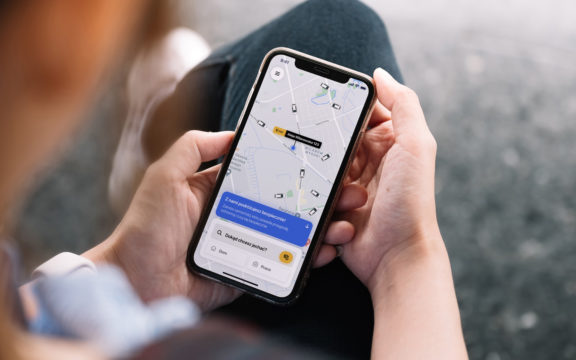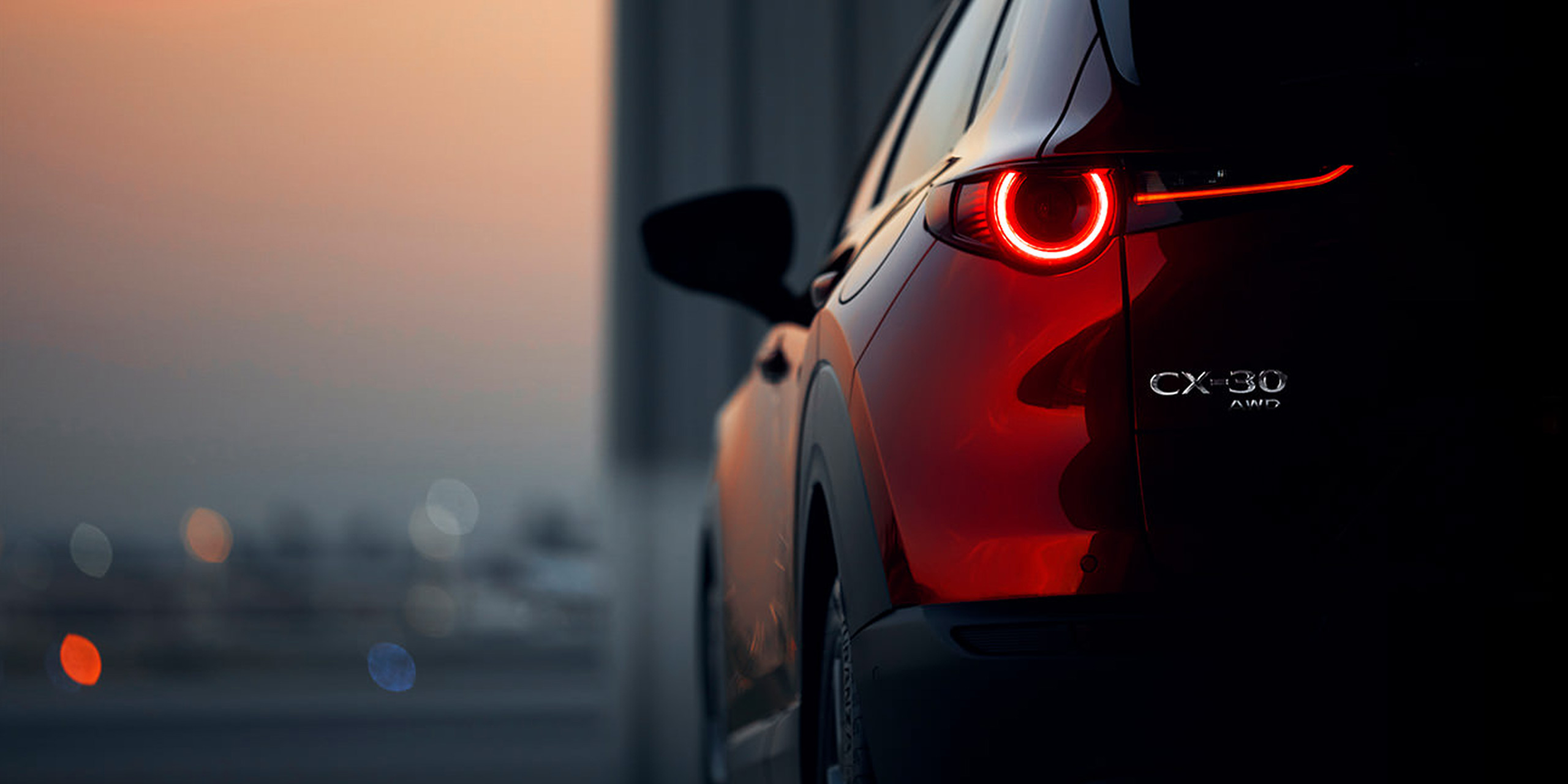Design & UX

Main screen – iTaxi app before and after the changes
Challenges
1. Significant technological debt
We had to contend with multiple roadblocks related to the app’s back-end.
2. Shortening the flow of ride-calling
In the previous iteration of the iTaxi app, changes were implemented in layers. Business goals were being met over several separate rounds of upgrades. This caused app bloat. We had to tidy up the accumulated layers of structure, focusing on simplifying access to the app’s functionalities.
3. Redefining user actions
The app had many functionalities and a sprawling structure. This reduced its clarity and distracted the users. In order to redefine the sign-up process for new users, processing payments within the app, and selecting rates, we had to investigate what the users’ actual needs were.
4. Gaining new private users
Currently, the iTaxi Passenger App is mainly used by business clients (B2B). One of the goals of the reconstruction was to make it more accessible to private users who “after hours” would use competing services instead. While designing the new app, we placed a heavy emphasis on highlighting the option of using the app privately (B2C).
This was the first time I’ve found such a perfect partner to work with. The team is made up of very special people. They’re very friendly, open, attentive and helpful – there was nothing that SYZYGY didn’t want to help us with.
iTaxi 5.0 App

The Process
There’s no point in introducing changes to a product before we understand its users’ problems and needs. The changes were supposed to affect the entire UX and UI. Since our task was to rebuild the existing app, we had to start with the basics – analyzing and auditing the app’s current structure.
![]()
While I worked on this project, for six months I used only iTaxi (with minor exceptions). I owe a lot of ideas for possible solutions to being an actual user of the app. There were times when I would call a ride and drove around my area just to test things out.
Based on our conclusions from the first stage of our work, we devised new solutions aimed at improving the user experience – i.e. making the app faster, more intuitive, and more convenient.
In order to test how clear and necessary these new functionalities were for users, we used task completion surveys, among other things, continuously verifying the direction in which we were heading.
Finally, we wanted to create a new, cohesive visual style for the Passenger App. We came up with graphic designs for all of the iTaxi app screens, as well as functional prototypes.

Preview of available tariffs
The Execution
One of the main goals of reconstructing the app was to simplify the ride-calling path, and actually shortening the process by eliminating redundant steps. In order to achieve this goal, we had to alter the product’s architecture, from new user registration to contacting the driver.
We have managed to significantly shorten the user login and calling a ride processes. This was achieved by, among other things, creating a list of pre-defined locations accessible from the main screen right after you log in.
![]()
We have reached a point where a logged-in user can order a ride in just two clicks, which is 20% of the length of the previous process.

In keeping with the “less is more” principle, we also got rid of redundant buttons that only made it harder for users to find their way around the app, and instead created new solutions. Some screens had too many additional options, which distracted the user from finalizing their order. For example, in the main section of the iTaxi 5.0 app, we have added a drop-down list of available types of rates, highlighting only the most relevant ones. The less important options were moved to a separate section accessible through a button in the top-right corner of the screen.
Pictograms

The biggest number of changes was related to the main screen of the app. For the user, this is the most important section, as it is where you go right after you log in. We have simplified it in various ways – both in terms of functionality and aesthetics. On the in-app map, we have replaced the clutter of pins symbolizing available cars with subtle pictograms.
Journey flow

The steps for ordering a taxi course

The extent of our involvement
- Analyzing and auditing the app architecture in terms of UX
- Changing the architecture and developing new solutions
- Functional prototypes
- Functionality testing (including task completion surveys)
- Constant support for the iTaxi team in charting out a direction for the evolution of their product
- Creating a new visual style for the product
- Graphic design and functional prototypes for the entire app
Technologies
The graphic design and asset repository were developed using Figma, which allowed for simultaneous remote cooperation between the Product Designer, the Product Owner, and the Developers.

I hope that thanks to our work iTaxi will stand out on the passenger transport market – not only in terms of the quality of the ride, as is already the case, but also in terms of user experience with the mobile app.

Upselling Newsletter
Unlocking the essence of strategic UX and UI design, we specialize in pinpointing crucial moments for upselling. Our newsletter serves as a beacon of inspiration for leaders in the tourism and travel industry, unveiling the secrets of effective upselling. Delving into topics such as strategic timing, personalized offers, and the art of effective UX, we offer insights on measuring interaction effectiveness and intelligent planning. Join the elite group shaping the future of tourism through our knowledge-sharing platform.





